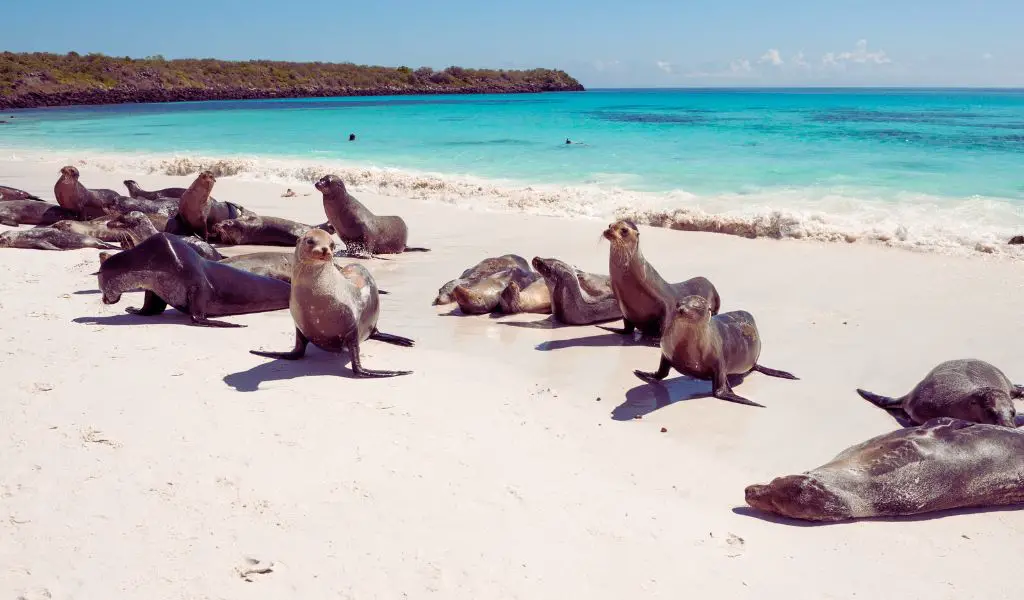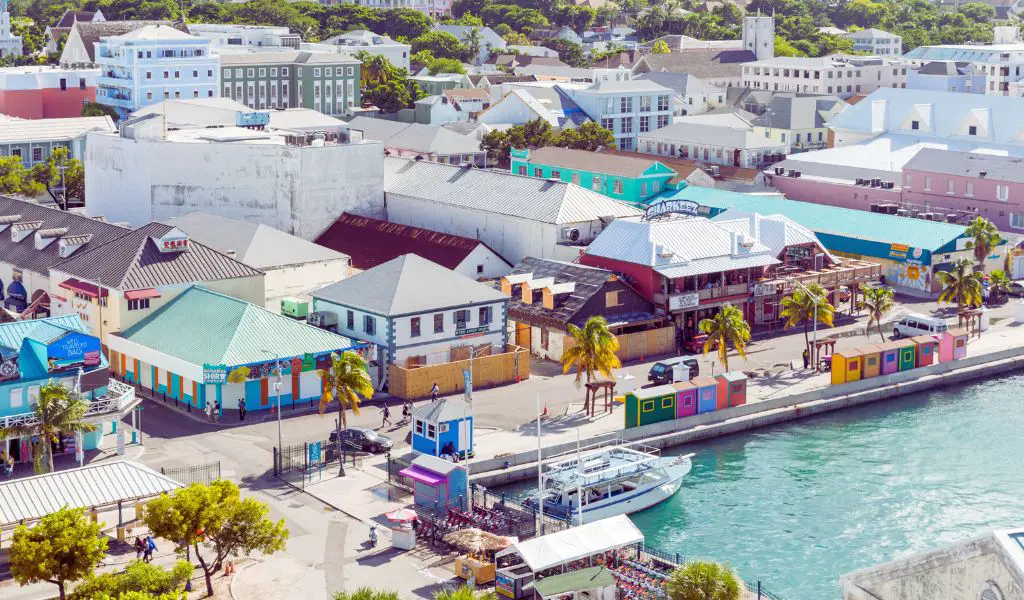Renowned for their biodiversity and monumental role in shaping Charles Darwin’s Theory of Evolution, the Galápagos Islands offer an unmatched window into nature. This archipelago, located approximately 600 miles west of Ecuador in the Pacific Ocean, consists of 18 main islands, 3 smaller islands, and 107 islets and rocks. Each island exhibits its unique geological features, flora, and fauna, making them a spectacular testament to evolution and nature’s adaptability.
Geography
The islands are primarily volcanic in nature, boasting numerous active volcanoes like Sierra Negra on Isabela Island, one of the most active in the world.
The landscape is diverse, ranging from barren lava formations to lush green highlands.
Endemic plant species, such as the Galápagos prickly pear and the Scalesia trees, are found across the archipelago.
History
The Galápagos Islands‘ history is as dynamic as its geology.
First discovered by chance in 1535 by a Spanish bishop blown off course, the islands were initially known for their harsh, inhospitable terrain.
However, the world’s attention was drawn towards these isolated islands in 1835, when Charles Darwin visited during his voyage on the Beagle.
His observations of the unique species residing in these islands formed the backbone of his groundbreaking evolutionary theory.

Attractions
In terms of attractions and activities, wildlife observation is by far the most popular.
The islands are home to a range of endemic species that have evolved in isolation, leading to unique behaviors and appearances.
Visitors will get to see the famous Galápagos giant tortoise, marine and land iguanas, and flightless cormorants, among others.
Snorkeling and scuba diving are popular activities due to the abundant marine life, including the Galápagos penguin, the only penguin species found north of the equator.
Hiking through the island’s diverse landscapes is also a popular pastime.
Population
Despite being one of the world’s foremost destinations for wildlife observation, the Galápagos Islands have a small human population.
As of 2023, approximately 30,000 people call these islands home. Most residents live in Puerto Ayora on Santa Cruz Island, the archipelago’s most populated town.
When to Go
The Galápagos Islands have a year-round mild climate, divided into the warm and wet season (December to May) and the cooler, dry season (June to November).
Both seasons offer unique wildlife viewing opportunities, making it a year-round destination.
How to Get There
Traveling to the Galápagos Islands involves a two-step process: first, fly to mainland Ecuador (Quito or Guayaquil), then take a domestic flight to the Galápagos (Baltra or San Cristobal Island).
From there, inter-island travel is mainly by boats.
Highlights
Some must-visit spots include the Charles Darwin Research Station, Tortuga Bay, Sierra Negra Volcano, and the Wall of Tears.
Don’t miss out on exploring the unique marine life through snorkeling and scuba diving experiences.
What You Should Know
The Galápagos Islands are a highly protected area; therefore, certain rules apply to preserve their natural beauty.
Visitors are required to be accompanied by a certified guide on all tours, and staying on marked trails is mandatory.
Biosecurity is taken seriously to prevent non-native species from invading the ecosystem.
FAQs
Can I interact with wildlife on the Galápagos Islands?
While the animals on the islands are unafraid of humans due to lack of predators, it’s strictly prohibited to touch or feed any wildlife.
Do I need a visa to visit the Galápagos Islands?
You don’t need a visa if you’re an American citizen, but a Transit Control Card and a Galápagos National Park entrance fee will be necessary.
Can I visit all the islands in the Galápagos?
Not all islands are open to the public to protect delicate ecosystems. The inhabited islands and several others can be visited under the guidance of a certified tour guide.




